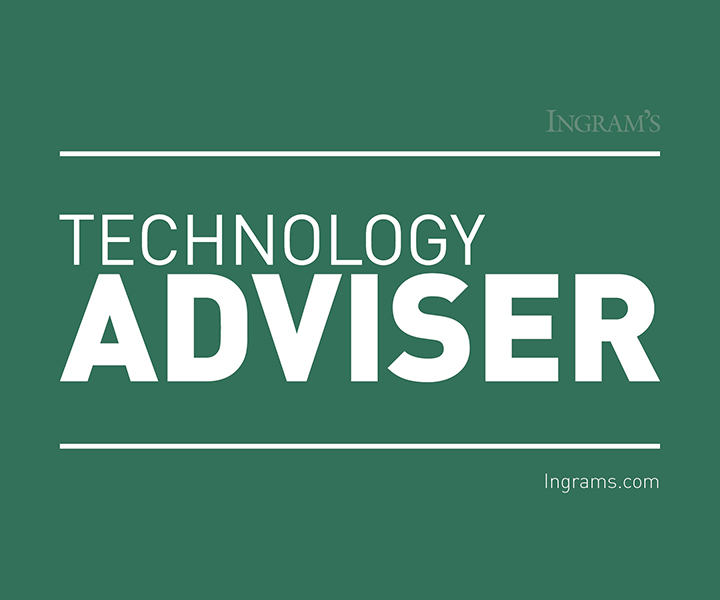HOME | ABOUT US | MEDIA KIT | CONTACT US | INQUIRE
HOME | ABOUT US | MEDIA KIT | CONTACT US | INQUIRE
A new world is coming . . . so act now.
 Disruptive technology is the hot topic these days; established businesses are vying against start-ups in a race to develop the next iPhone, 3-D printer or Uber service. Employees are increasingly concerned about being replaced by a next-gen robot or IBM’s Watson. And everyone seems to be uncertain as to what we should do with the new crypto-currencies.
Disruptive technology is the hot topic these days; established businesses are vying against start-ups in a race to develop the next iPhone, 3-D printer or Uber service. Employees are increasingly concerned about being replaced by a next-gen robot or IBM’s Watson. And everyone seems to be uncertain as to what we should do with the new crypto-currencies.
 Disruptive technology is everywhere, affecting product development and service delivery in all sectors. Technological evolution has not only directly affected what is sold and how it is made, but has also sparked increasingly higher customer and employee expectations—which in turn further disrupt business service delivery and processes.
Disruptive technology is everywhere, affecting product development and service delivery in all sectors. Technological evolution has not only directly affected what is sold and how it is made, but has also sparked increasingly higher customer and employee expectations—which in turn further disrupt business service delivery and processes.
Most companies recognize this, but far too few have been able to adapt their business models and talent strategies to keep up. In fact, according to a 2017 report by McKinsey, 50 percent of today’s job activities can be replaced by technology that already exists in the marketplace. And two-thirds of the jobs that today’s elementary school children will hold have not yet been created. So, how do businesses successfully manage both the excessively fast pace of technological innovation and the ambiguity such pace naturally creates for their future?
It is important to recognize that automation of one job’s activities does not imply automation of the occupation itself. Long before robots equipped with artificial intelligence completely take over our jobs, businesses will need to better manage the integrated workplace; that is, a workplace where the latest technologies work side by side with and for people.
Most disruptive tools have grown out of the evolution of consumer and employee expectations, digital behaviors and values. Uber didn’t replace the taxi with a flying car or a Star Trek transporter; it completely disrupted the method by which we hire and pay for such service. Consumers now have on-demand transportation paid for in advance over their cell phone. Disruptive technology? Yes, but fueled by consumer demand for greater convenience. Bottom line: the service model shifted—a lot—but right now. the world still needs people to drive cars. Driverless cars are coming, but our roads will most likely be a blend of human-drivers and autopilots for quite some time.
Even while we await the next technological leaps in hardware, software and cloud-based services, companies can act right now to prepare themselves and their employees for a more technologically integrated workplace. Successful preparation for that future probably requires a look inward by supporting the talent businesses currently have and creating an environment that is attractive to talent they lack.
Millennials are now the largest segment of the U.S. work force, and as digital natives, technology is important to them. Ensuring that your business invests in the most updated technology and software is one way to demonstrate to your younger work force that you share that value. Today’s work force demands seamless, real-time communication across multiple stakeholders (partners, customers and co-workers) regardless of location or device. The expectation is that information, video conferencing and documents should be easily transmitted, received and accessed—period. Millennials expect their workplace technology to be flexible and at least as good as what they use personally. And if it’s not, companies risk losing their most promising young guns to greener pastures.
Hand in hand with investing in your industry’s gold standard technology is the need to train your current work force on this new investment. Providing high-quality training on new technology ensures your return on that investment while simultaneously demonstrating that employees are a high-value asset. Of course, investing in technology can also reduce inefficiencies and increase productivity, an extraordinarily important factor in today’s tight HR environment. Companies that need to fill vacancies in their middle-skill jobs should look to their outstanding first-tier employees, those who already show up on time, have excellent work ethic and who are great team players and/or natural leaders. Your next best-skilled worker may be sitting right under your nose, but simply needs to be trained at a higher level.
Finally, in order to ensure you are filling vacancies with talent that can navigate the complexities of a technologically integrated workplace, companies should hire not only for the specific hard skills they need, but also for flexibility, creativity and problem-solving skills. Java may be the top programming language pick today, but just 10 years ago it was ranked seventh.
You may not know what the next disruptive technological advance will be to affect your industry, but the more nimble the skills of your work force, the better prepared your business will be to shift where needed. New hires must be able to demonstrate that they can pivot with speed and grace and that they are not simply one-trick ponies. HR managers can determine these competencies through skillful interviews and pointed questions, asking candidates to provide examples of how they have had to problem-solve, shift their way of working in the past and manage ambiguous situations.
Whatever the workplace of the future looks like, we know that our employees must be technologically savvy, manage multiple digital platforms, pivot effortlessly and problem solve creatively. Investing in your work-force capacity is a solid strategy to weathering the inevitable technological disruptions coming your way.